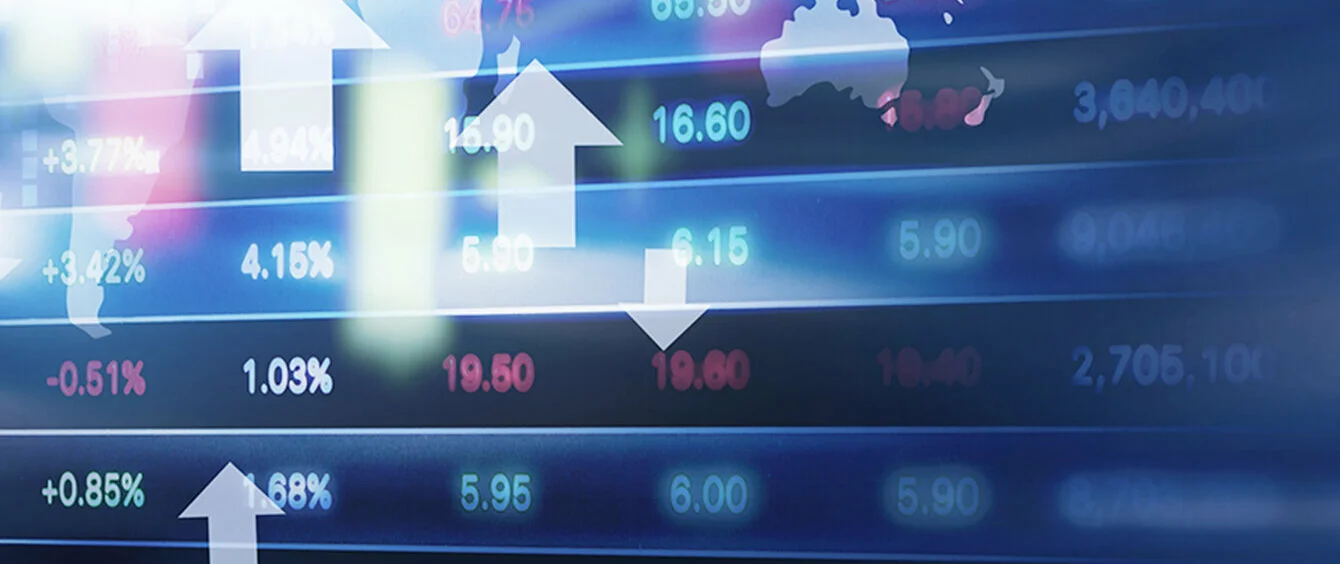Transparent market prices are formed on exchanges, helping to ensure the efficient use of limited resources. This is why energy exchanges are indispensable for the energy transition.
The primary goal of transforming the energy sector is that energy should mainly be obtained from renewable sources. Utilisation of the existing, limited resources is an important aspect of the energy transition. Whether it’s primary energy sources or electricity: there has to be a market.
Markets facilitate the formation of prices, which channel investment into areas which offer the best returns. The higher the price for a good, the more sense it makes to replace it with cheaper alternatives. Prices thus function as an incentive for investment, so that shortages are mitigated in the interests of consumers. The larger and more transparent a marketplace is, the better this mechanism works. Consequently, exchanges rank among the most effective marketplaces, and this holds true in the energy sector as well.
Just like other exchanges, the electricity exchange ensures an efficient balance of supply and demand. Federal Ministry of Economics
“As an exchange, we bring together buyers and sellers on a central platform,” explained Peter Reitz, Chief Executive Officer of the Leipzig-based energy exchange EEX, in a report by the news agency dpa. More than 500 market participants from 37 countries are active on this exchange. In 2017, 3,760.7 terawatt hours of electricity were traded at the Group’s trading venues, along with other energy sources such as natural gas and oil. As the Federal Ministry of Economics stressed: “Just like other exchanges, the electricity exchange ensures an efficient balance of supply and demand.” This helps to ensure that electricity is provided at the lowest possible cost.
Exchange or over-the-counter
Energy exchanges are actually a lot like your local weekly market: everything is traded, if there is supply and demand. Regardless of whether it’s electricity, gas, coal for power stations, crude oil or emission allowances.
In contrast to the financial markets, a large amount of trading in energy occurs both on the exchanges and off of them. The latter often involves bilateral trading by telephone, e-mail, or with the use of intermediaries, known as brokers. This kind of trading is referred to as ‘over-the-counter’ (OTC) trading. However, the (credit) risk involved is higher for OTC transactions, as no collateral is necessary, in contrast to transactions conducted on exchanges.
Physical or financial
To some degree, actual physical trading of the goods takes place. This means that an actual amount of electricity or gas, for example, is delivered at an agreed price on an agreed date. By contrast, financial contracts do not involve any physical delivery of the goods, but only a financial settlement.
A further distinction is made on exchanges between the spot and futures markets. Short-term trading, i.e. when there is no more than one day between purchase and delivery, occurs on the spot market. This market can also be subdivided into an intraday segment, when purchase and delivery occur on the same day, and a day-ahead segment, when delivery occurs on the following day. The futures market, on the other hand, involves trading for longer-term products, also known as ‘futures’ or ‘forwards’. The weekly, monthly, quarterly and annual products traded on this market are mainly used for price hedging. For example, a power plant operator can secure a margin by selling an amount of electricity early. At the same time, a retail company can set its procurement costs early using this option.
Trading on an exchange is necessary to ensure that our electricity system still works with a high share of renewable energy. Peter Reitz, CEO of the Leipzig-based energy exchange EEX
Trading for the energy transition
According to EEX CEO Reitz, however, trading platforms such as the Leipzig-based energy exchange, which was founded in 2002, offer even more. He explained that they were also a supporting factor for the energy transition: “Trading on an exchange is necessary to ensure that our electricity system still works with a high share of renewable energy.” Trading in European CO2 emission allowances is also handled on energy exchanges.
The European emissions trading system has one major strength: it links climate protection with a market-economy process. An allowance is required for each metric ton of carbon dioxide emitted by industry. This can be traded, and the price for an allowance develops flexibly on the exchange. Emitters have the choice: they can use the allowances which they are allotted, purchase additional allowances on the market, or reduce their emissions and sell the allowances they save by doing so. This process provides an incentive for companies to invest in climate protection and save CO2 allowances. Depending on what makes the most economic sense for them. Companies profit from this approach, as well as consumers thanks to the competition on the energy market.
Photo credits: Myimagine, shutterstock.com
